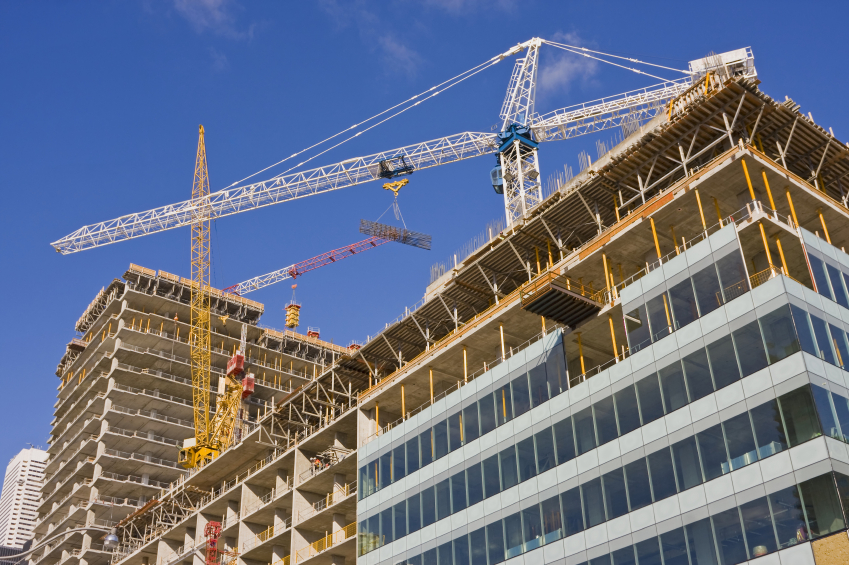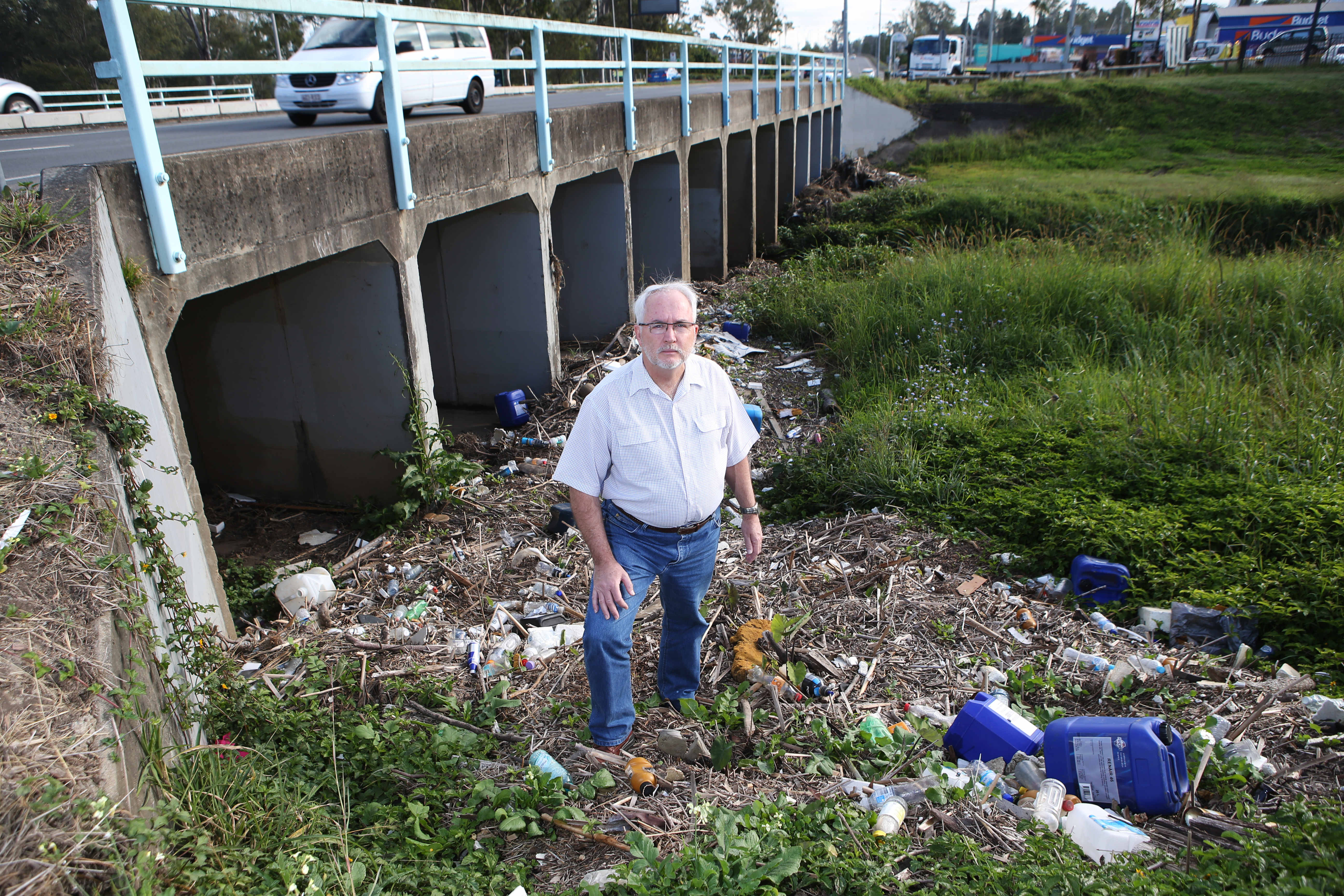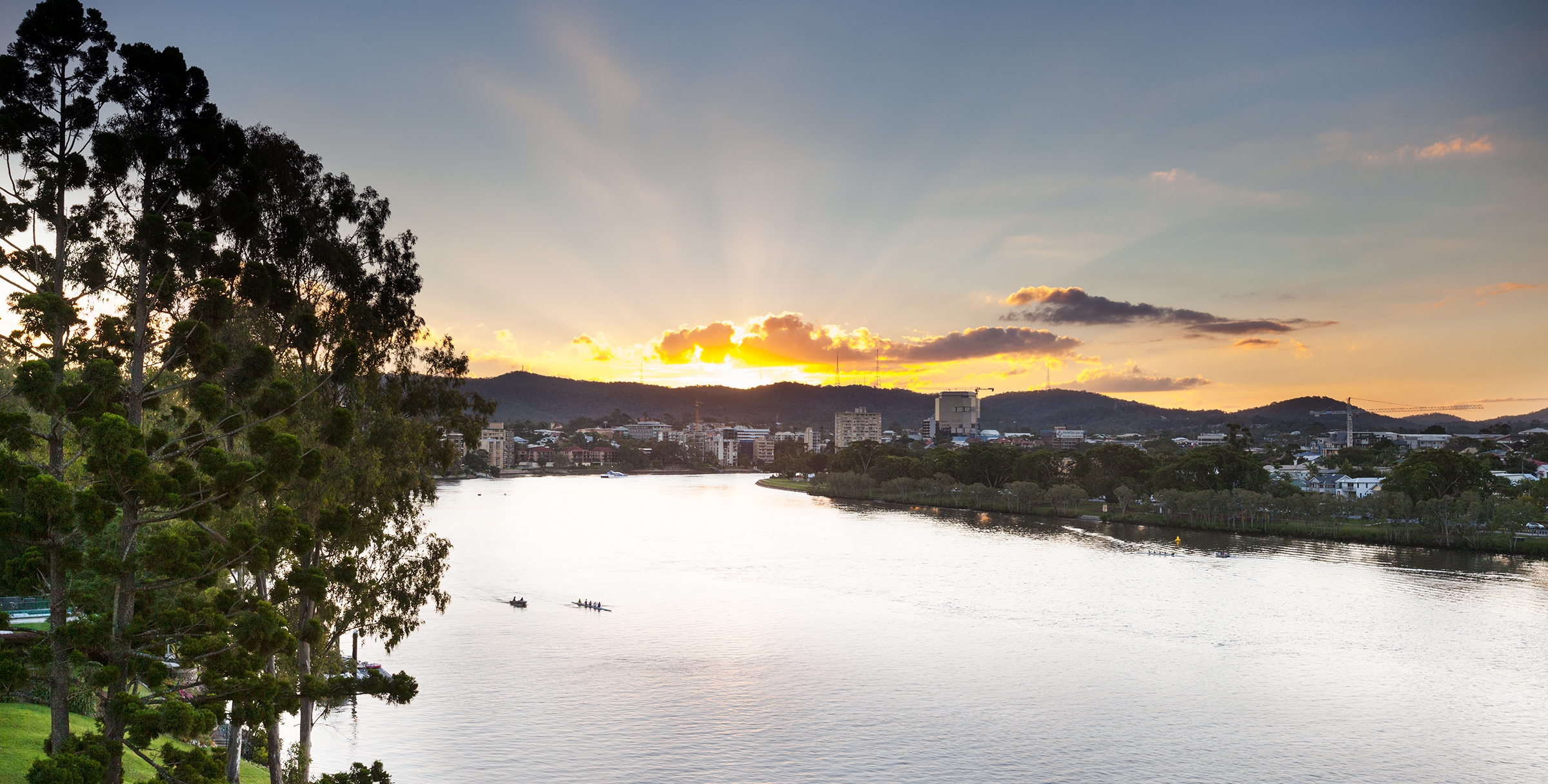You can’t kill off Brisbane’s backyards!
Encouraged by government planning schemes that verge on social engineering manifestos, high rise unit buildings are popping up like proverbial mushrooms in Brisbane’s inner suburbs.
Property analysts have estimated up to 45 projects equating to 5,500 apartments will be ready to hit the market before the end of this year (Urbis, Brisbane Apartment Insights). Can there really be enough urban hipsters, dinks, and downsizers to occupy all these compact condos? Or should we call for a ‘backyard backlash’?
Land content matters
Planners toss around so many buzzwords – urban density, sustainability, walkability, place-making. Now it’s all 15-storeys with high-speed lifts. Take a drive through Toowong/Indooroopilly and there are half a dozen large unit sites currently under construction.
But will there be real demand to take up the massive unit supply rolling out in the inner city? Now that social infrastructure (cafes, restaurants, parklands) is common in the middle-ring suburbs, you don’t need an inner city address to get a decent coffee.
What will draw all the students, same sex couples, and well-to-do singles needed to fill these emerging ‘vertical villages’?
We reckon, despite what trend-obsessed analysts write in their newspaper columns to impress a predominantly high-end readership, the overwhelming majority of home buyers are middle-class straight couples who dream of their children playing in a backyard big enough to run around with the family pet.
The ‘major suburban hubs’ identified in the recently superseded Brisbane City Plan (Chermside, Carindale, Upper Mt Gravatt, Indooroopilly, Toombul and Mitchelton) are really just sites for visually unattractive, super-sized shopping centres.
None has become the utopian transit-shopping-entertainment-lifestyle mecca they were touted to be. Except perhaps for Anthony John’s Emporium precinct in the Valley, are there many examples of successful lifestyle developments emerging under council’s high density vision?
Developers still clamour for sites near our long-established suburban high street shopping strips, authentic places with character and soul – places like New Farm, West End, Bulimba. Perfectly-planned high rise precincts with predetermined setbacks, cookie-cutter landscapes complete with all the P.C. trimmings, and filled with homogenised franchised tenants, are just no match.
Sure, there has been some growth in the singles, gays and dinks market. But the backyard is alive and well as the No. 1 priority on the wish list of couples and families, young and not-so-young. They want a quality home, on a good-sized block, in an area that facilitates strong community involvement, with access to schools, transport and social infrastructure.
Council must ensure this large majority isn’t forgotten in their quest, via clever planning schemes, to push everyone into a 75sqm apartment near a railway station.
Anyone looking to optimise long-term capital growth will be wise to remember two golden rules of real estate investing: one, the value of the land increases year by year, while the value of the improvements depreciates and, two, scarcity activates the demand/supply pressures that drive values higher.
You don’t need an economics degree to work out that the higher the land content acquired at your initial purchase, the higher financial dividend it will deliver down the track, and the more product produced, the less likely demand will outstrip supply.



